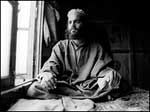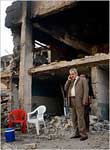MacWorld:
The French Constitutional Council has approved a law that criminalizes the filming or broadcasting of acts of violence by people other than professional journalists. The law could lead to the imprisonment of eyewitnesses who film acts of police violence, or operators of Web sites publishing the images, one French civil liberties group warned on Tuesday.
The council chose an unfortunate anniversary to publish its decision approving the law, which came exactly 16 years after Los Angeles police officers beating Rodney King were filmed by amateur videographer George Holliday on the night of March 3, 1991. The officers’ acquittal at the end on April 29, 1992 sparked riots in Los Angeles.
Here.










